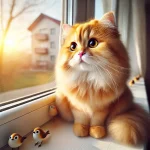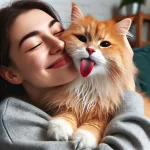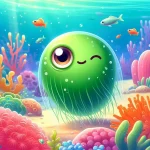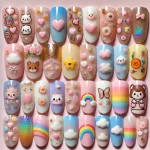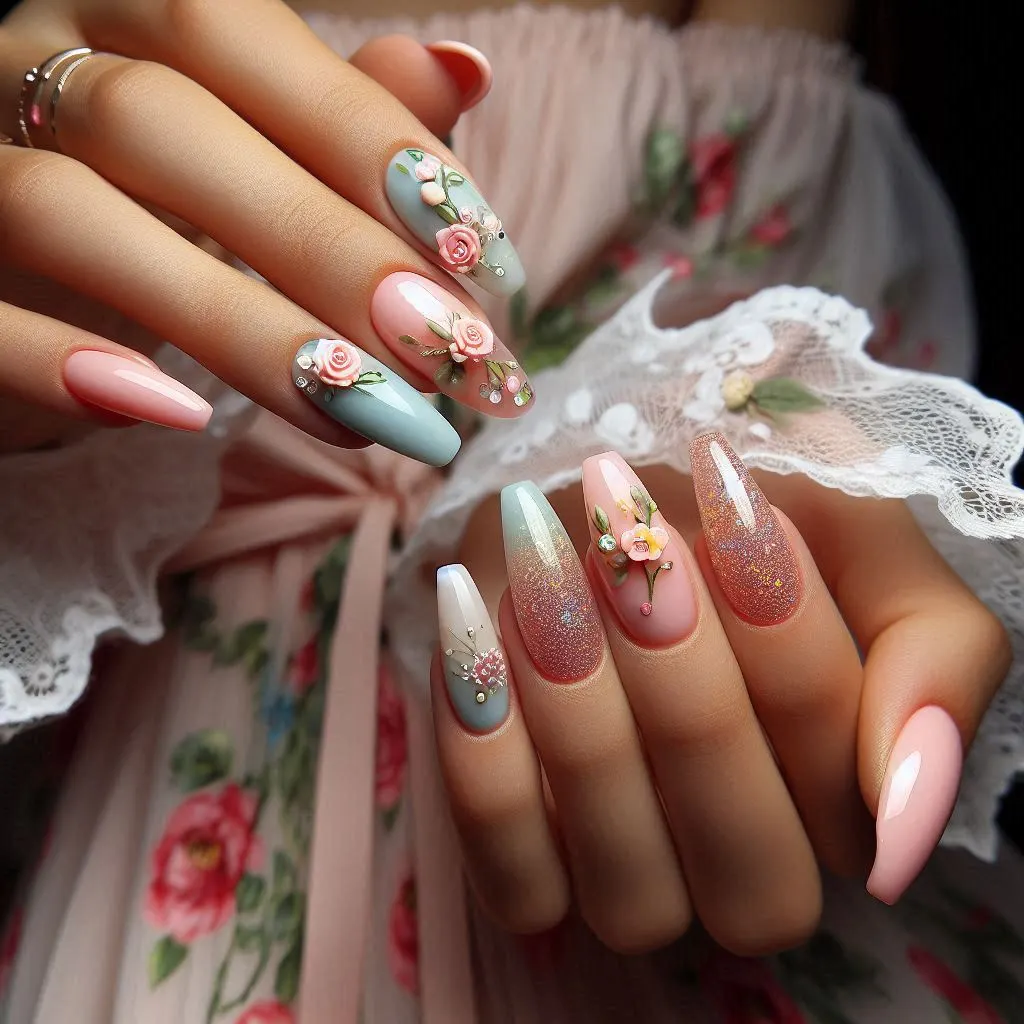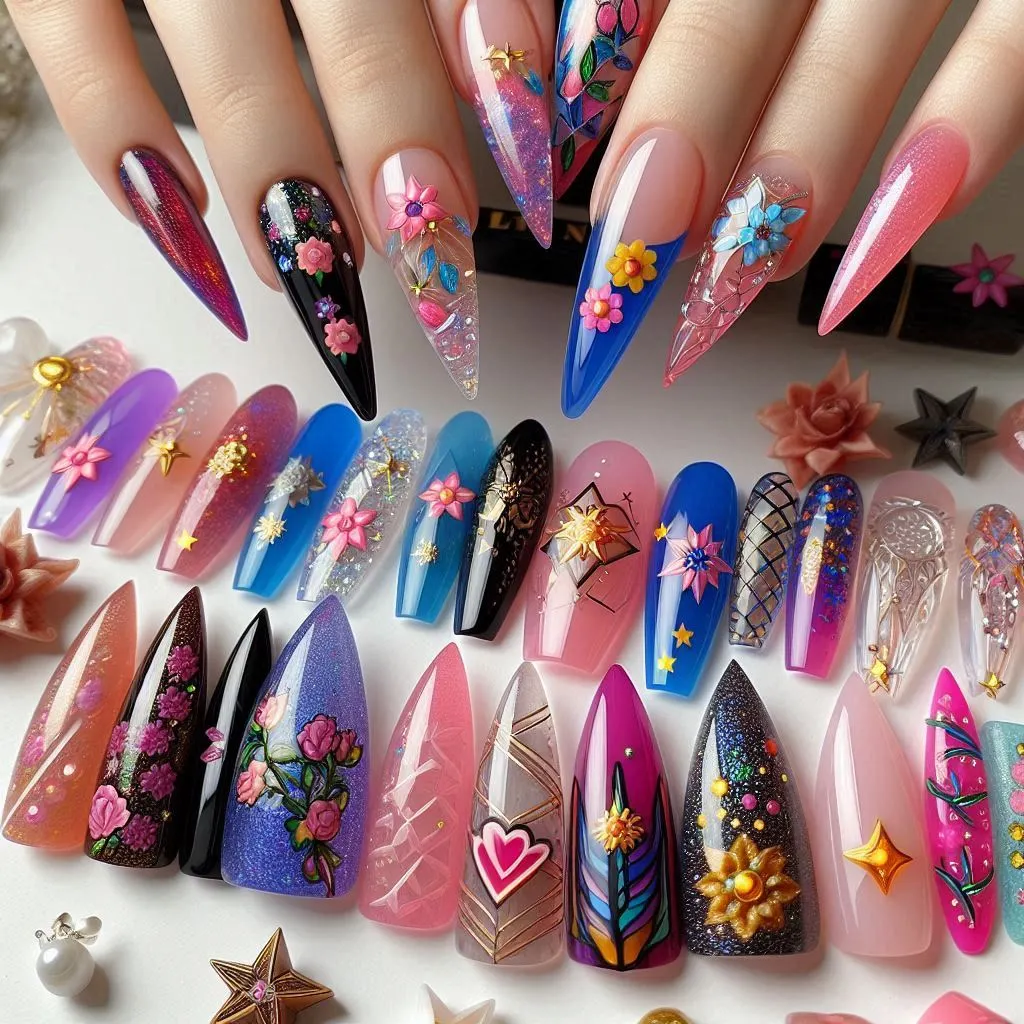
Table of Contents
What the Difference Between Jokes 2025?
Humor is universal, yet the way it manifests differs vastly across cultures, mediums, and contexts. Jokes are one of the simplest, most recognizable forms of humor, but not all jokes are created equal. This article explores the types, structures, and cultural nuances of jokes, delving into their psychological and societal impacts. It also examines the evolution of humor in the digital age and its future trajectory.
1. Types of Jokes
A. Verbal Jokes
Verbal jokes rely on wordplay, puns, or language-specific nuances. They can be simple one-liners or elaborate setups leading to a punchline. Examples include:
- Pun-based jokes: “I’m reading a book on anti-gravity. It’s impossible to put down.”
- Knock-knock jokes:
- Knock, knock.
- Who’s there?
- Boo.
- Boo who?
- Don’t cry, it’s just a joke!
Verbal jokes often showcase the creativity and flexibility of language, making them particularly engaging for those with a strong command of the spoken word.
B. Visual Jokes
Visual jokes involve imagery or physical actions. They often rely on sight gags, props, or context, making them more universally accessible than verbal jokes. For example, silent films by Charlie Chaplin used exaggerated actions and props to elicit laughter without dialogue. Memes and GIFs are modern examples of visual humor.
C. Situational Jokes
These jokes emerge from context or shared experiences. Examples include office humor or situational comedy (sitcoms). Sitcoms like Friends and The Office have mastered this form of humor by embedding jokes within relatable scenarios, making the humor feel personal to the audience.
D. Dark Humor
Dark humor deals with serious subjects such as death, illness, or tragedy but presents them in a humorous light. While controversial, it’s often a coping mechanism. Examples include jokes about existential crises or sarcastic remarks about life’s unpredictability.
Dark humor is not universally appreciated, as cultural and personal sensitivities play a significant role in its reception.
2. Structure of a Joke
Most jokes follow a three-part structure:
| Component | Description | Example |
|---|---|---|
| Setup | Introduces the context or characters. | “Why did the chicken cross the road?” |
| Build-up | Provides additional details to heighten interest or tension. | “To get to the other side.” |
| Punchline | Delivers the unexpected twist or humor. | “To escape the frying pan, of course!” |
The effectiveness of a joke often depends on the timing and delivery of the punchline. Skilled comedians are adept at manipulating pauses and tone to maximize impact.
3. Cultural Contexts and Differences
A. Western Humor
Western humor often emphasizes sarcasm, irony, and self-deprecation. Popular joke formats include:
- One-liners: “I told my wife she should embrace her mistakes. She hugged me.”
- Stand-up routines: A prevalent medium for testing cultural boundaries.
Western humor is heavily influenced by individualism, often focusing on personal anecdotes and observational comedy.
B. Eastern Humor
Eastern humor, such as in Japan or China, frequently uses situational and slapstick humor. For instance, the Japanese tradition of manzai comedy involves a straight man (tsukkomi) and a funny man (boke). Chinese cross-talk (xiangsheng) employs puns and fast-paced dialogue.
C. Middle Eastern Humor
Often reliant on storytelling, Middle Eastern jokes reflect cultural, political, or religious themes. Many of these jokes feature folktale-like structures, using humor to critique societal norms subtly.
D. African Humor
African humor uses rich storytelling, exaggerated characters, and vibrant expressions. Themes often involve family, community, and resilience. In Nigeria, for example, comedians like Basketmouth blend traditional storytelling with modern themes to create a unique comedic style.
| Region | Common Themes | Example Format |
|---|---|---|
| Western | Sarcasm, irony, self-deprecation | Stand-up comedy, one-liners |
| Eastern | Situational, slapstick | Duo acts, physical comedy |
| Middle Eastern | Storytelling, cultural commentary | Anecdotes, traditional tales |
| African | Community, family | Exaggerated storytelling |
Understanding cultural humor not only enhances enjoyment but also fosters empathy by highlighting shared human experiences.
4. Psychological Insights
Jokes are deeply tied to human psychology. According to the Incongruity-Resolution Theory, humor arises when an unexpected outcome resolves a perceived incongruity. For example:
- “Why don’t skeletons fight each other? They don’t have the guts.”
Other psychological functions of jokes include:
- Stress relief: Laughter reduces cortisol levels, fostering relaxation.
- Social bonding: Shared humor strengthens group cohesion.
- Cognitive stimulation: Crafting or understanding jokes engages higher-order thinking.
Humor also plays a therapeutic role. Laughter therapy, for instance, uses humor to improve mental and physical health, particularly in patients dealing with chronic illnesses.
5. The Role of Technology
The rise of the internet has revolutionized joke-sharing. Memes, GIFs, and short videos dominate modern humor, transcending linguistic and cultural barriers. Platforms like Reddit (e.g., r/Jokes) and social media have democratized humor creation and dissemination.
A. Machine-Generated Humor
Artificial Intelligence (AI) has begun generating jokes. While still in its infancy, AI humor often lacks the nuance and context of human-generated jokes.
| Aspect | Human-Generated Jokes | AI-Generated Jokes |
|---|---|---|
| Nuance | Rich cultural references | Often lacks subtlety |
| Creativity | Highly varied | Formulaic |
| Context Awareness | Adapts to audience | Limited understanding |
While AI humor improves with advancements in natural language processing, it may never fully replicate the spontaneity and cultural depth of human wit.
B. Evolution of Internet Humor
Internet humor evolves rapidly. Viral trends, meme formats, and hashtags often define the humor landscape. For instance, “distracted boyfriend” memes and TikTok challenges are examples of humor shaped by digital platforms.
6. Controversies and Challenges
Not all jokes are harmless. Misinterpreted or poorly timed jokes can lead to controversy, especially in sensitive cultural or political contexts. Ethical considerations include:
- Offensiveness: Balancing humor with respect.
- Cultural appropriation: Avoiding jokes at the expense of marginalized groups.
- Context sensitivity: Recognizing when humor is inappropriate.
Case Studies
A. The “Oscar Slap”
In 2022, a joke made at the Academy Awards highlighted the thin line between humor and offense. It sparked global discussions about the boundaries of comedic expression.
B. Political Satire
In countries with restrictive regimes, political jokes often serve as veiled criticisms. However, they can also lead to censorship or repercussions for comedians.
Navigating Ethical Boundaries
To create inclusive humor, comedians and content creators must consider their audience, context, and the potential impact of their jokes.
7. The Future of Jokes
As technology advances, humor will continue to evolve. Virtual reality and augmented reality offer new possibilities for immersive comedic experiences. AI-driven content might become more sophisticated, creating personalized humor tailored to individual tastes.
Despite these changes, the essence of jokes—to connect and bring joy—will remain constant.
8. Conclusion
The world of jokes is vast, reflecting diverse cultural, psychological, and technological dimensions. Understanding these differences not only enhances our appreciation of humor but also fosters cross-cultural empathy. While jokes continue to evolve, their core purpose remains unchanged: to bring people together through laughter.
References
- Psychology of Humor
- Cultural Dimensions of Jokes
- “Manzai Comedy Traditions” – Japanese Journal of Humor Studies.
- The Role of Humor in Society
- “AI and Comedy” – Trends in Machine Learning.
- Humor and Health
Recommended Articles:
What Can I Feed a Stray Cat: 2025 Comprehensive Guide – love a happy home
What to Do if You Find a Stray Dog 2025 – love a happy home
- 100 Talk Show Hosts 2025 In-Depth Guide
- 100 Best Funny Dad Jokes 2025 In-Depth Guide
- 100 Best Funny Games 2025 In-Depth Guide
- 100 Best Funny Names 2025 In-Depth Guide
- 100 Best Good Jokes 2025 In-Depth Guide
- 100 Best Christmas Jokes 2025 🎅 In-Depth Guide
- 100 Best Corny Jokes 2025 In-Depth Guide
- 100 Best Kids Jokes 2025 In-Depth Guide
- 100 Best Knock Knock Jokes 2025 In-Depth Guide
- 100 Best Dark Jokes 2025 😈 | In-Depth & Hilarious Guide
- 100 Best Dark Humor Jokes 2025 In-Depth Guide
- 100 Attractions in the World 2025 In-Depth Guide
- Amazon Best Sellers in Clothing Shoes: Top 10 2025
- Walmart Photo Center: The Ultimate Guide 2025
- Capybara as a Pet: The Ultimate Guide 2025
- Top 100 Attractions in the World 2025
- US Female Movie Stars Top 10 2025 In-Depth Guide
- Who is the Most Handsome Man in the World?
- Top 100 Party Entertainment Ideas 2025
- 100 Best Dad Jokes That Never Get Old 2025
- US Male Movie Stars Top 10
- How to Make Slime 2025 In-Depth Guide
- YouTube History Top 10 Funny Videos 2025 In-Depth
- How to Make a Paper Airplane 2025 In-Depth Guide
- Can Dogs Eat Fruit? A Comprehensive Guide 2025
- The Funniest Dad Jokes 2025 In-Depth Guide
- Guess What Jokes: 2025 A Playful Exploration
- 100 Funny Jokes 2025 In-Depth Guide
- Knock Knock Jokes: 2025 A Playful Dive into Humor
- 2025 100 Best Dad Jokes In-Depth Guide
- Best Dry Humor 2025 In-Depth Guide
- Funny Responses to “How Are You”: Clever Comebacks
- Dark Humor Memes: 2025 A Deep Dive
- Dark Humor Memes: 2025 A Deep Analysis
- Dark Humor: 2025 A Deep Dive
- What the Difference Between Jokes 2025?
- Funny Jokes: 2025 A Deep Dive into Humor
- Funny Dad Jokes: 2025 A Deep Dive into Humor
- How to Be Funny: 2025 A Comprehensive Guide
- Funny Dad Jokes: 2025 A Timeless Source of Laughter
- Funny Names 2025: Unusual Monikers
- Funny Names: 2025 A Journey Through Humor
- Funny Jokes 2025: Universal Joy
- Funny Jokes: 2025 Exploring Humor
- Calico Cat Names: 2025 Ultimate Guide
- Why Are Dogs So Cute? In-Depth Guide 2025
- Can Dogs Eat Tomatoes? A Complete Guide for Pet Owners
- What Can Dogs Eat? 2025 A Complete Guide
- Why Are Cats So Cute 2025
- Can Dogs Eat Cat Food 2025 In-Depth Guide
- Why Does My Cat Lick Me 2025
- 999 Angel Number Meaning: A Complete Guide
- 888 Angel Number Meaning: A Powerful Symbol
- 666 Angel Number Meaning: Hidden Meaning
- Meaning of 555 in Love: Spiritual and Symbolic Messages
- 333 Angel Number Meaning: A Spiritual Guide
- 222 Angel Number Meaning: A Comprehensive Guide
- 777 Angel Number Meaning: A Comprehensive Guide
- 444 Angel Number Meaning: A Comprehensive Guide
- 111 Angel Number Meaning: A Comprehensive Guide
- Best Ginger Cat Names(25 Types Perfect Choice)
- What is the Krabby Patty Secret Formula? 2025 Deep Dive
- Best SpongeBob Party(1 Complete Guide)
- The Lovable Villain of SpongeBob: Plankton
- SpongeBob SquarePants(Character Design and Voice Actor)
- SpongeBob SquarePants: Iconic Character Introductions
- Classic SpongeBob SquarePants Episodes and Quotes
- SpongeBob SquarePants: All Character Introductions
- SpongeBob SquarePants: The Eternal Optimist
- SpongeBob Meme: The Phenomenon Explained
- Toy Poodle: The Perfect Petite Companion
- Toy Story 5: A Journey of Hope and Belonging


















































